Refine listing
Actions for selected content:
2251 results in Cambridge Elements
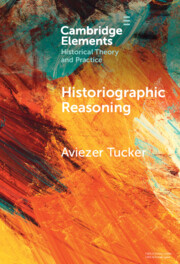
Historiographic Reasoning
-
- Published online:
- 30 January 2025
- Print publication:
- 30 January 2025
-
- Element
- Export citation
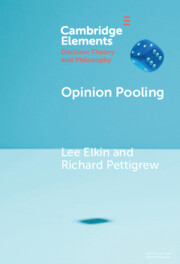
Opinion Pooling
-
- Published online:
- 30 January 2025
- Print publication:
- 30 January 2025
-
- Element
-
- You have access
- Open access
- HTML
- Export citation
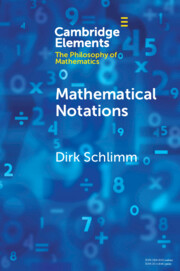
Mathematical Notations
-
- Published online:
- 30 January 2025
- Print publication:
- 30 January 2025
-
- Element
- Export citation
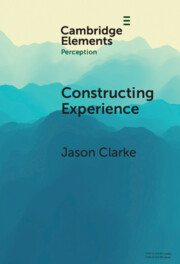
Constructing Experience
- Expectation and Attention in Perception
-
- Published online:
- 30 January 2025
- Print publication:
- 30 January 2025
-
- Element
- Export citation
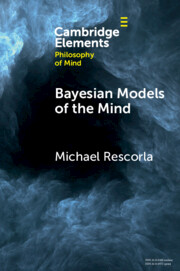
Bayesian Models of the Mind
-
- Published online:
- 30 January 2025
- Print publication:
- 30 January 2025
-
- Element
- Export citation

On Believing and Being Convinced
-
- Published online:
- 30 January 2025
- Print publication:
- 30 January 2025
-
- Element
- Export citation
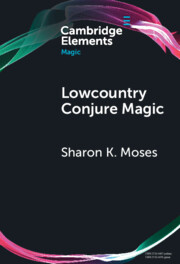
Lowcountry Conjure Magic
- Historical Archaeology on a Plantation Slave Quarter
-
- Published online:
- 30 January 2025
- Print publication:
- 30 January 2025
-
- Element
- Export citation
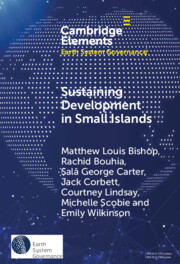
Sustaining Development in Small Islands
- Climate Change, Geopolitical Security, and the Permissive Liberal Order
-
- Published online:
- 30 January 2025
- Print publication:
- 30 January 2025
-
- Element
-
- You have access
- Open access
- HTML
- Export citation
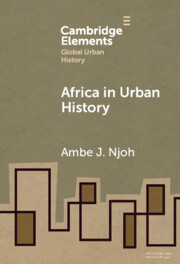
Africa in Urban History
-
- Published online:
- 30 January 2025
- Print publication:
- 30 January 2025
-
- Element
- Export citation
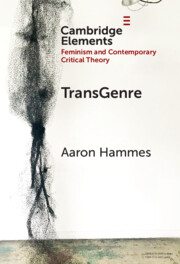
TransGenre
-
- Published online:
- 30 January 2025
- Print publication:
- 06 February 2025
-
- Element
- Export citation
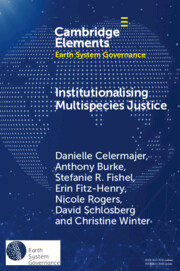
Institutionalising Multispecies Justice
-
- Published online:
- 29 January 2025
- Print publication:
- 27 February 2025
-
- Element
-
- You have access
- Open access
- HTML
- Export citation
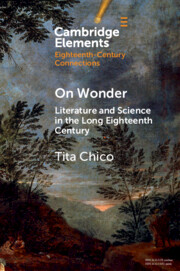
On Wonder
- Literature and Science in the Long Eighteenth Century
-
- Published online:
- 29 January 2025
- Print publication:
- 27 February 2025
-
- Element
- Export citation
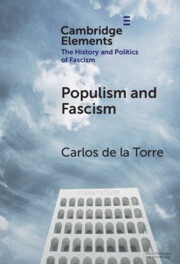
Populism and Fascism
-
- Published online:
- 29 January 2025
- Print publication:
- 27 February 2025
-
- Element
- Export citation
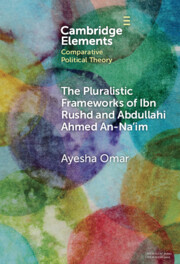
The Pluralistic Frameworks of Ibn Rushd and Abdullahi Ahmed An-Na'im
-
- Published online:
- 28 January 2025
- Print publication:
- 20 February 2025
-
- Element
- Export citation
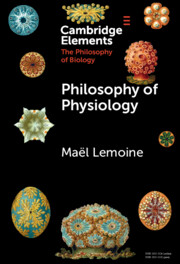
Philosophy of Physiology
-
- Published online:
- 27 January 2025
- Print publication:
- 13 February 2025
-
- Element
- Export citation
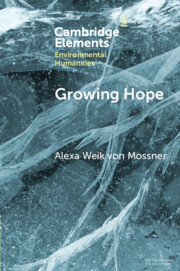
Growing Hope
- Narratives of Food Justice
-
- Published online:
- 27 January 2025
- Print publication:
- 06 February 2025
-
- Element
- Export citation
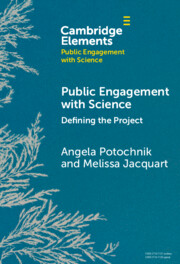
Public Engagement with Science
- Defining the Project
-
- Published online:
- 27 January 2025
- Print publication:
- 08 May 2025
-
- Element
-
- You have access
- Open access
- HTML
- Export citation
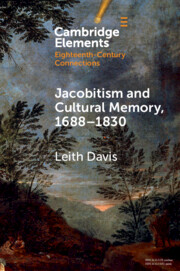
Jacobitism and Cultural Memory, 1688–1830
-
- Published online:
- 27 January 2025
- Print publication:
- 13 February 2025
-
- Element
-
- You have access
- Open access
- HTML
- Export citation

The Author in Early Christian Literature
-
- Published online:
- 27 January 2025
- Print publication:
- 20 February 2025
-
- Element
- Export citation

#WakingTheFeminists and the Data-Driven Revolution in Irish Theatre
-
- Published online:
- 23 January 2025
- Print publication:
- 06 February 2025
-
- Element
- Export citation
